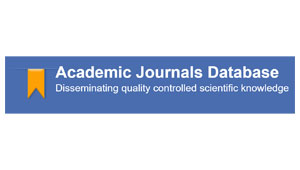Lorena Giraldo Gómez, Diana María Cárdenas Aguirre, Juan Camilo López Vargas
DOI: 10.59427/rcli/2024/v24.44-53
This article seeks to identify the characteristics of the relationships of the network of actors involved in the preparedness stage of disaster management. The city of Manizales, Colombia, is taken as a case study. A characterization is made by applying the methodology of social network analysis to evaluate the relationships among the actors. The results obtained show that the network has established processes, where information is shared among all participants, has formal communication channels, and the entity representing the local government is the central and most relevant actor. The calculated indicators show that the network has 61% of the possible connections among the actors, where each actor has an average of 5.5 links with the other actors that constitute the network. Individually, it is highlighted that there are two actors that share information to 9 of the 10 actors in the network, and they are considered the most influential compared to two actors that only share relationships with 4 actors. This methodology has the potential to be replicated to other stages of humanitarian logistics, as well as in other regions with different characteristics.
Pág. 44-53, 08-Ago,








